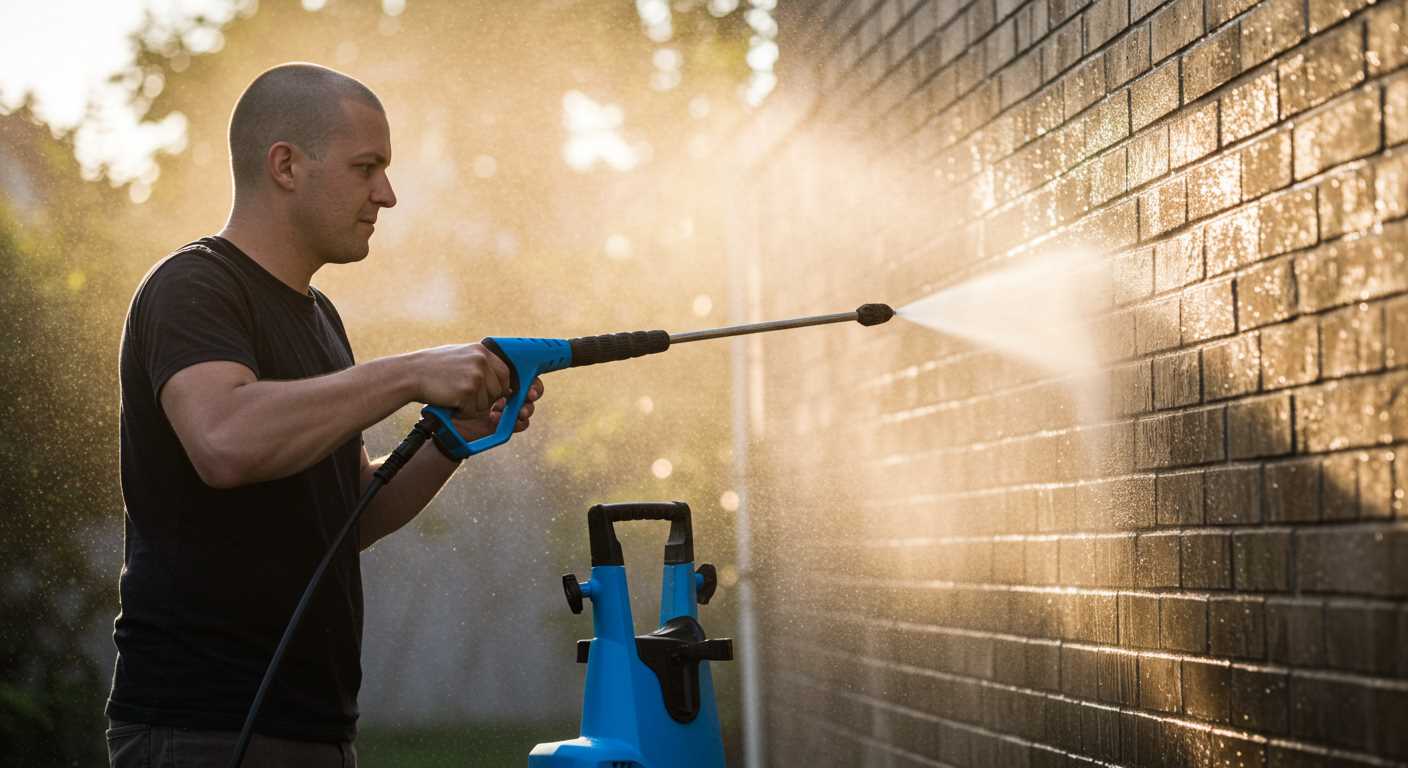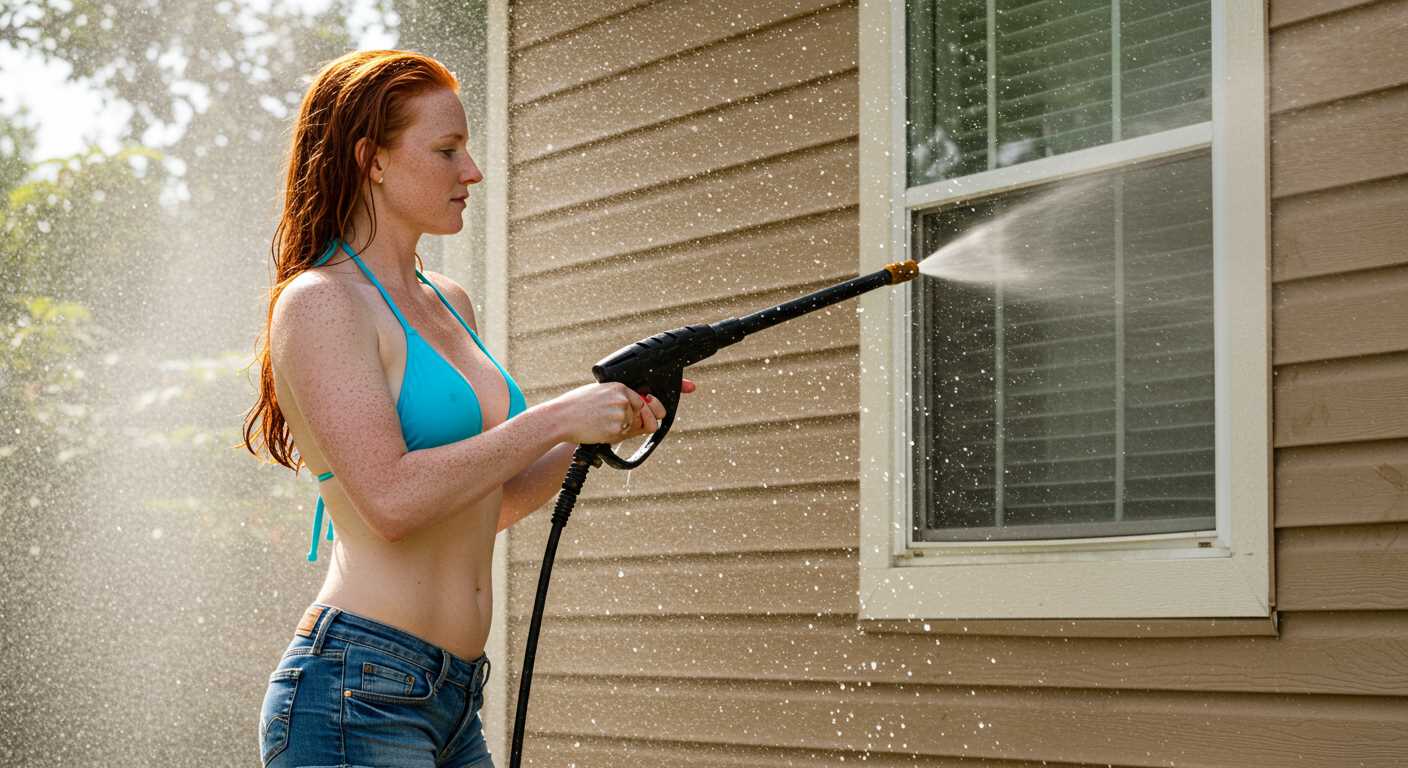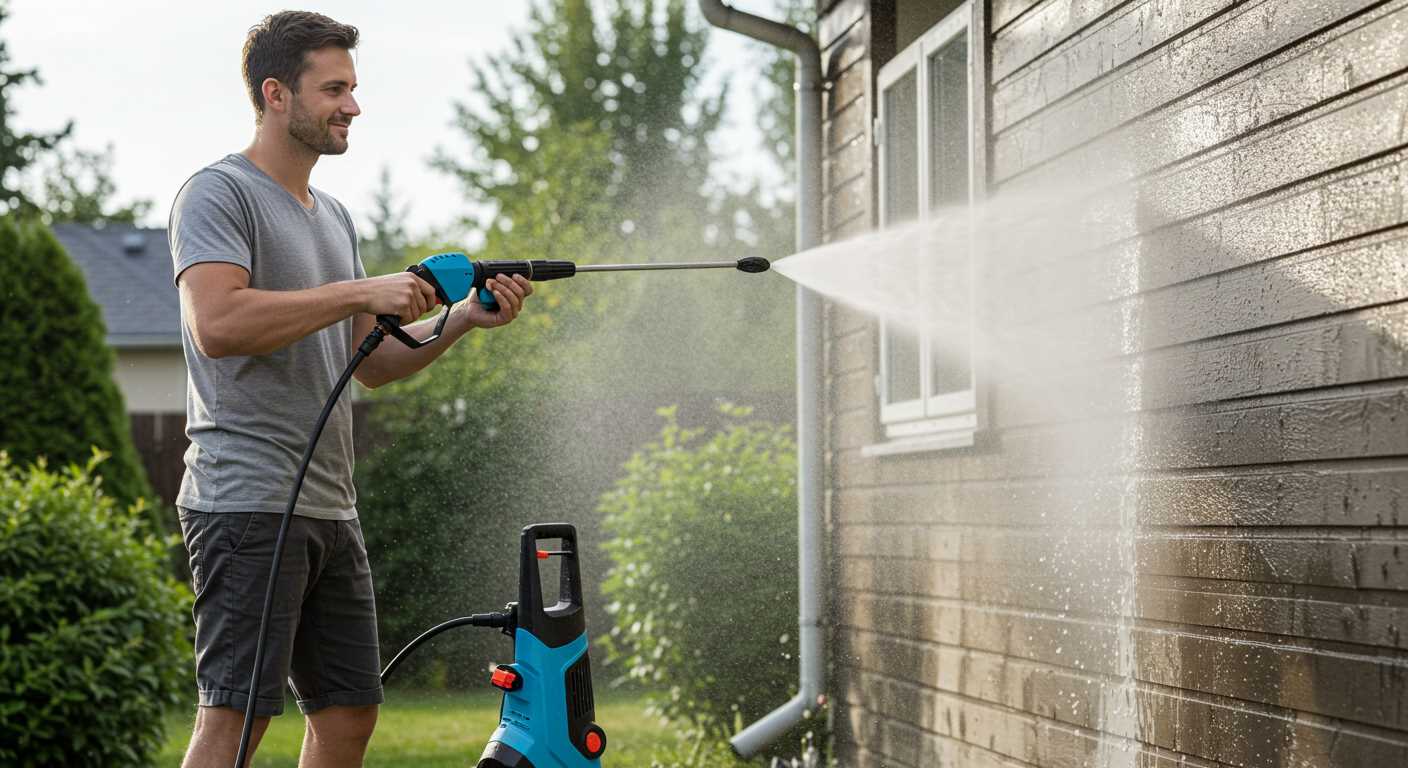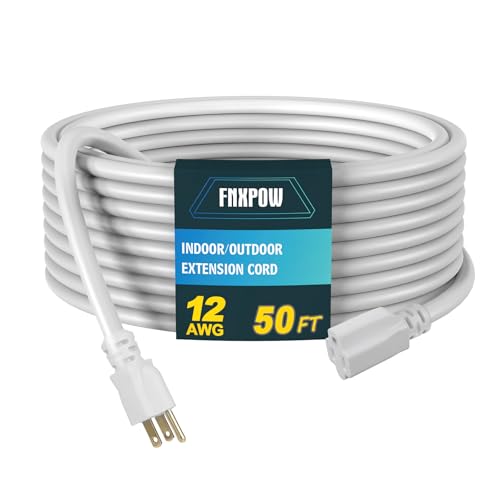

For anyone seeking efficient cleaning solutions, recognising ratings in high-pressure cleaners is crucial. The metrics of pressure or force, often expressed in units like bars and PSI, directly relate to the machine’s capability. A cleaner with 150 bars typically handles tougher grime and stubborn stains better than one at 100 bars, making it essential to choose according to your needs.
The bar measurement indicates the intensity of the wash, while PSI (pounds per square inch) gives a different perspective on performance. For domestic tasks, cleaners around 100 to 150 bars are sufficient for general use–removing dirt from driveways, patios, or vehicles. However, for industrial applications or serious filth, opting for higher ratings (over 200 bars) offers the necessary power for effective results.
When selecting your equipment, consider the tasks at hand. Lower ratings might suffice for light cleaning, while higher figures are imperative for heavy-duty jobs. Ensure you assess both pressure metrics prior to purchase, as the correct choice will significantly impact your cleaning experience.
Understanding Bar and W in Pressure Washers

For optimal results, focus on the specifications of your cleaning unit. The metric “bar” indicates the maximum pressure generated, a crucial factor for efficiency. Units typically range from 100 to 200 bars. Higher numbers signify stronger output, ideal for tough grime removal.
The term “W” denotes wattage, representing the unit’s energy consumption. Higher wattage generally brings more powerful motors, which translates into better performance. Units around 1600-2200 watts are widely regarded as suitable for domestic tasks, while those above 3000 watts are better suited for professional use.
Selecting the Right Pressure for Your Needs
When choosing a model, consider the intended tasks. For light duties, like car washing or patio cleaning, a machine with 100-120 bars, paired with 1500-1800W, suffices. For heavier jobs, such as stripping paint or cleaning industrial equipment, opt for at least 170-200 bars and over 2000 watts.
<h3_Efficiency Tips
Utilising the correct nozzle size is vital in achieving desired results without wasting resources. A narrower nozzle concentrates the force, making it ideal for stubborn stains. Conversely, a wider spray is effective for larger surface areas.
Regular maintenance also contributes to longevity. Keep the nozzle clear and check hose connections to maximise performance. Understanding these specifications enhances your cleaning efficiency and optimises your investment.
Understanding Bar Measurement
The metric unit ‘bar’ quantifies pressure, crucial for understanding how effectively a washing device cleans surfaces. One bar equals 100,000 pascals, a standard unit of pressure measurement in various applications. For optimal performance, select models with suitable bar ratings for your tasks: light-duty tasks may require around 100-120 bars, while heavy-duty applications benefit from 150-250 bars.
Pressure Ratings Overview

It’s vital to compare ratings among different models. Here’s a breakdown of common pressure ranges and their recommended uses:
| Pressure Range (bar) | Application |
|---|---|
| 0-80 | Gentle cleaning, such as bicycles or windows. |
| 80-120 | Moderate cleaning, including cars and patios. |
| 120-150 | Heavy-duty tasks like driveways, decks, and outdoor furniture. |
| 150+ | Industrial and professional cleaning, such as machinery or graffiti removal. |
Higher bars equate to more power, allowing for deeper penetration into grime. However, excessive pressure can damage delicate surfaces, so balance is key.
How Wattage Affects Performance of Cleaning Equipment
The wattage rating in cleaning machines directly impacts their efficiency and capability. Higher wattage typically translates to greater power, allowing for more effective removal of stubborn dirt and grime.
Consider the following factors when evaluating the wattage:
- Motor Efficiency: A machine with a higher wattage rating usually possesses a more robust motor, which translates to a higher flow rate and improved cleaning ability.
- Pressure Output: Increased wattage can enhance pressure generation, leading to better penetration of dirt in challenging situations.
- Operating Time: Machines with lower wattage might struggle under prolonged usage, while higher wattage units can maintain consistent performance without overheating.
Choose a unit based on your intended use:
- Light-Duty: For occasional home cleaning tasks, a model around 1500-2000 watts suffices.
- Medium-Duty: Regular cleaning of larger areas, such as driveways or patios, benefits from machines in the 2000-2500 watt range.
- Heavy-Duty: For commercial needs or extensive, tough jobs, look for units exceeding 2500 watts to ensure maximum efficiency.
Assess wattage alongside other features to make an informed decision. Factor in your specific cleaning needs to find the ideal balance between power and versatility.
Comparing Bar Pressure Ratings for Various Tasks
For light cleaning tasks, such as washing cars or patios, a setting of 100 to 130 bars is generally adequate. This range effectively removes dirt and grime without causing damage to delicate surfaces.
Medium-duty applications, like cleaning driveways or outdoor furniture, benefit from 130 to 160 bars. At this level, the equipment efficiently tackles tougher stains while still maintaining a balance to prevent injury to softer materials.
Heavy-duty cleaning, such as removing oil stains from concrete or preparing surfaces for painting, warrants 160 to 250 bars. This pressure rating offers robust performance, ensuring even the most embedded debris is lifted with ease.
When considering commercial use, such as in fleet washing or industrial settings, pressure ratings upwards of 250 bars can be necessary. This capacity provides the extra power needed to address significant challenges in a professional context.
In summary, choosing the right pressure rating hinges on the specific task at hand. Assess your cleaning requirements carefully to select the most suitable model, ensuring optimal results while preserving the integrity of the cleaned surfaces.
Understanding the Relationship Between Bar and PSI
To convert bar pressure to PSI, multiply the bar value by approximately 14.5. For example, a pressure rating of 100 bar equals about 1450 PSI. This conversion is important when evaluating equipment specifications and capabilities.
It’s essential to recognise that the performance of a cleaning machine isn’t solely dictated by pressure ratings. Flow rate, typically measured in litres per minute, also influences cleaning effectiveness. Higher bar readings can mean greater force, but if the flow rate is insufficient, the intended cleaning results won’t be achieved.
Pressure Ratings and Application Suitability

Different tasks require specific pressure levels. Light cleaning purposes may only need around 70-80 bar (about 1000-1160 PSI), adequate for tasks like car washing. For tougher jobs, such as removing grime from brickwork, pressures exceeding 150 bar are often necessary, translating to more than 2175 PSI.
Regular evaluations of pressure device ratings are advisable to ensure alignment with cleaning requirements. Always refer to manufacturer guidelines for optimal performance recommendations particular to each model. This will ensure effective operation without damaging surfaces or consuming unnecessary power.
Final Thoughts on Pressure Choices
Choosing between bar and PSI ratings comes down to understanding the cleaning requirements of your tasks. Reliance on a single measurement can lead to mismatched expectations. Each unit serves its purpose in expressing the force applied during cleaning. Selecting the right balance based on both parameters will lead to more efficient cleaning results.
Choosing the Right Wattage for Your Cleaning Needs

For optimal performance, selecting the appropriate wattage is key. Higher wattage typically results in more power and efficiency, ideal for demanding tasks such as removing stubborn grease or deeply embedded dirt. I recommend a minimum of 1500 watts for light cleaning, like patios or garden furniture. For medium projects, aim for 2000 to 2500 watts, especially for vehicles or moderate deck cleaning.
When you encounter heavy-duty surfaces, consider models exceeding 2500 watts. These are suited for surfaces like concrete or industrial equipment, where robust cleaning is necessary. Understanding your requirements allows for better wattage decisions and improves overall results.
The trade-off between wattage and energy consumption is notable. A lower wattage might save energy but could prolong cleaning time due to reduced effectiveness. Balancing power needs with energy efficiency ensures satisfying outcomes without excessive costs.
Test various models to gauge how wattage influences cleaning efficiency. Read user reviews focusing on wattage-related performance to gather insights on real-world results. This practical approach ensures you choose equipment matching your unique cleaning demands.
Calculating Water Flow Rate Based on Pressure and Wattage
To determine flow rate, start with the formula: Flow Rate (L/min) = Pressure (Bar) x 0.2 x Power (kW). This calculation provides a reliable estimate based on the specified parameters.
If your device operates at, say, 150 Bar and 2.5 kW, the flow rate would be: 150 x 0.2 x 2.5, equalling 75 L/min. These figures vary among models, so refer to manufacturer specifications for accuracy. Ensure that the wattage aligns with expected performance to achieve optimal cleaning outcomes.
Be aware that high-pressure units often trade off flow for pressure, meaning a powerful machine doesn’t always equate to high water output. It’s crucial to balance both elements to meet your cleaning requirements efficiently.
Regular maintenance impacts flow rate, too; clogged filters and worn-out hoses can hinder performance. Check these components frequently for consistent results.
For specific tasks, such as washing cars or patios, consider the required flow rate for effective cleaning. A lower flow rate may suffice for vehicles, while larger surfaces may necessitate a higher rate. Adjust your choice accordingly, prioritising both pressure and wattage to suit your tasks.
Common Misconceptions About Bar and Wattage in Pressure Washing
A common misunderstanding among users involves equating higher bar readings with more effective cleaning. While increased pressure can enhance removal of grime, it does not automatically guarantee superior results. Different surfaces require different levels of intensity; for instance, delicate materials might be damaged under high pressures. Carefully assess the cleaning task to determine the appropriate settings.
Wattage Misconceptions
Another frequent error revolves around assuming higher wattage equates to better performance. Wattage indicates power consumption rather than cleaning efficacy. A machine with moderate wattage may still perform effectively with an appropriate water flow rate and optimal pressure settings. It’s crucial to balance wattage with achievable pressure for desired outcomes.
- High wattage = high cleaning power: Not necessarily true; efficiency depends on various features.
- More bar means better cleaning: Excessive pressure can harm surfaces.
- All washers of similar wattage perform identically: Design and technology affect performance significantly.
Evaluating Needs
Choosing the right machine involves understanding specific requirements rather than solely focusing on ratings. Consider the type of tasks ahead. Adjusting expectations based on anticipated applications allows for better selection and satisfaction.
For instance, if your primary tasks include washing vehicles or patio furniture, a moderate-pressure unit with adequate wattage will suffice. However, heavy-duty jobs, like removing paint or deep-seated oil stains, warrant units equipped for substantially higher pressures.






